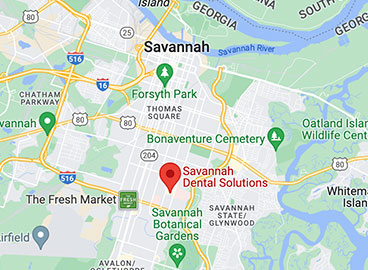
Going to the dentist can be nerve-wracking. However, sedation dentistry is the perfect way to make your visit a more relaxed and pleasant experience. Read on to learn more about sedation dentistry, as well as the different methods we can use to manage anxieties and fears about dental work.
What is Sedation Dentistry?
Sedation Dentistry is the practice of using medication to help manage pain, discomfort or anxiety during dental procedures. There are several types of sedatives, varying in how they are administered and how strong their effects are. The four main sedatives used in sedation dentistry are:
- Nitrous Oxide: Also known as “laughing gas,” nitrous oxide is a gas that is inhaled through a small mask. The lightest and most common form of sedation, it is often used with local anesthesia to prevent pain and discomfort. It is the most popular form of sedation due to its safety, accessibility, and short-term effects.
- Oral: Oral sedatives are taken via a pill or liquid that is swallowed by the patient. This may be done up to an hour before treatment, and can provide strong, long lasting effects while still allowing you to stay awake.
- IV: IV sedatives are delivered directly to the bloodstream via injection. IVs provide fast, powerful effects due to the speed in which they are absorbed. IVs also provide a large degree of control over the dosage. They are often used for longer, more intricate procedures and surgeries.
- General Anesthesia: The deepest form of sedation, general anesthesia is delivered to the bloodstream by injection or inhalation. It is typically used for more intensive dental surgeries like wisdom teeth removal.
Is Sedation a Good Option For Me?
There are a number of reasons why sedation may be recommended for procedures. Anxiety and restlessness may prevent you from staying still while in the dentist’s chair. A low pain tolerance, sensitive teeth, or weak gag reflex may also make dental work uncomfortable. While not all dental work requires sedation, it can be a good way to ensure maximum comfort and stability.
Consulting with your dentist is the best way to determine how much and what kind of sedation you may need. Sedation levels vary depending on the type of operation being performed and the comfort level of the patient. Something like having a cavity filled may require some light numbing, while major surgeries like wisdom tooth removal may have you “going under” using anesthesia.
Before and After Your Visit
Depending on the process used, you may need to prepare before your visit. This can include fasting and avoiding the use of substances that may interfere with sedatives. Your dentist will inform you of any preparations in advance, as well as provide any medication to take beforehand.
After an operation, some sedatives will take some time for their effects to wear off. Recovery time may last anywhere from a few minutes to several hours after the procedure. It is recommended to have a partner or friend assist your recovery and to provide transportation after your procedure.
Want to Learn More?
If you would like to know more about sedation dentistry, Savannah Dental Solutions can help. We will directly address your concerns, relieve your fears, and make your visit a positive experience. Call us at (912) 354-1366 to schedule a consultation.


